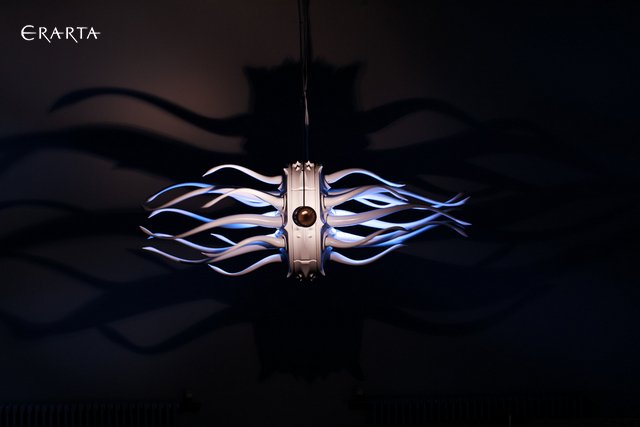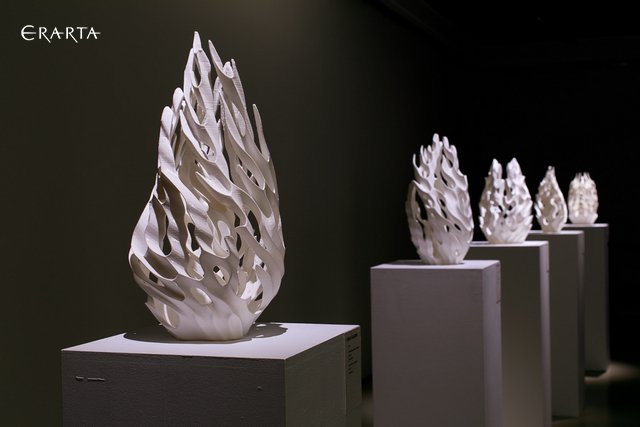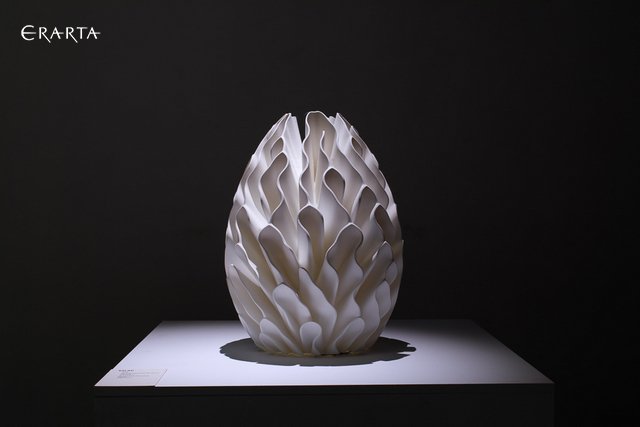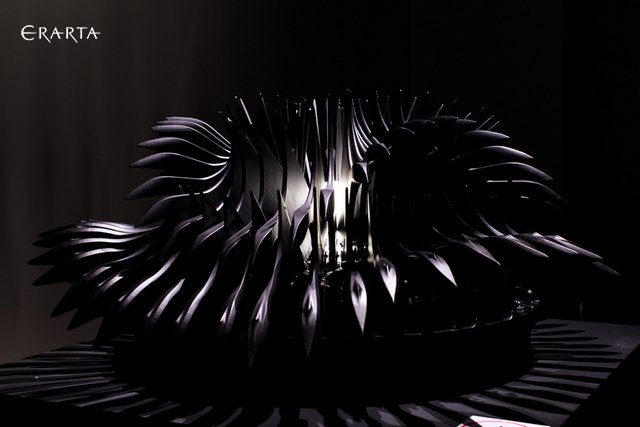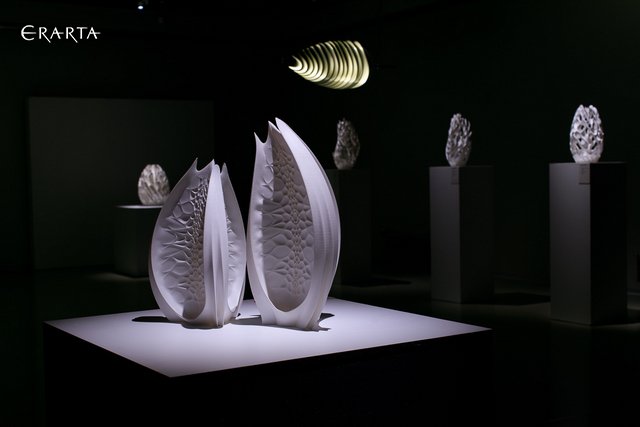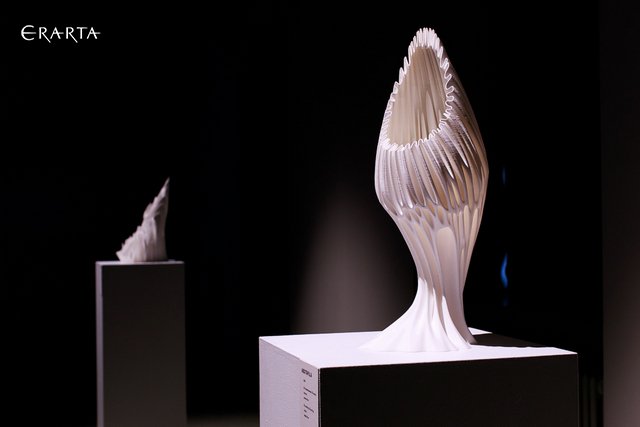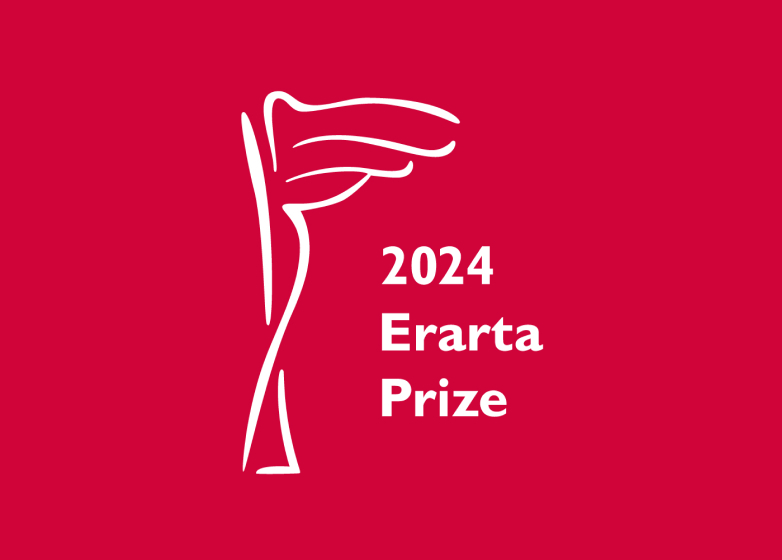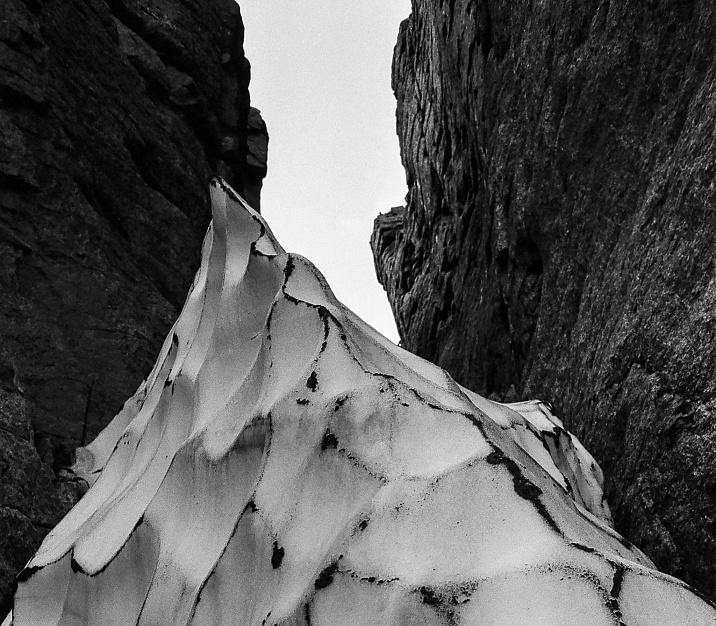Erarta museum presents digital age sculptures created by the St. Petersburg artist Julia Nizamutdinova
- Engineering design, 3D art printing, additive process
- Exploration of new visual techniques
- Cyberflora and fauna
Julia Nizamutdinova represents a new type of artist. Like any debut exhibition, the Vivere Inanimatus. Animate Inanimate project is driven by an acute desire for perfection and laden with a groundbreaking message. Julia Nizamutdinova's artworks resemble imaginary deep sea dwellers coming from a little explored world not yet reached by the humankind's analytical tentacles. The artist employs extremely efficient tools to create a certain cyberflora and fauna myth, attempting a sneak peek into the near future which, according to the most daunting forecasts of philosophers and science fiction authors, holds in store total dehumanisation and the emergence of a new biological species — the posthumans.
The Vivere Inanimatus. Animate Inanimate project is to a certain extent Faustian in its exploration of the limits of knowledge. The young artist, whom the ever-accelerating technology provided with a wide range of professional skills, has created something akin to a cybernetic elegy. The elegiac mood sweeps through the past, present, and future; this is exactly the path travelled mentally by the romantic protagonists who contemplated in solitude the sea, an overgrown pond, or a country cemetery.
By shaping beautiful forms and setting them in smooth repetitive motion, Nizamutdinova manages to slow down the inevitable advancement of technological progress, inviting us to focus on the simple rhythms of nature. The creation of contemporary forms and the processes it entails purport to replicate the natural harmony. This is why the contours of Julia Nizamutdinova's sculptures bring to mind the images of Art Nouveau which originated during the time of a major scientific and technological breakthrough. On the other hand, the artist's oeuvre is undoubtedly forward-looking. The combination of animate and inanimate forms, robotic pets, the synthesis of flesh with artificial materials, cell culture and cellular models are all on the agenda of the present-day science.
In each of her creative acts Julia Nizamutdinova takes on the all-important social role of an artist advocating progress. Despite not being the inventor of new technologies, she is at the front line to test them and subsequently share the joy of knowledge with everyone else. An artist in the contemporary world is not concerned with creating a finished, complete deliverable — a masterpiece or an artwork. Rather, he or she produces information surrounding an artistic event. This explains the particular importance of the exhibition precedent, its documentation, performances held in the exhibition space, and the ephemeral audiovisual installations. The image of the future remains vital for these creative practices. On the contrary, the art of Julia Nizamutdinova is in opposition to this trend. Her laboratory creatures, grown like homunculi in the flask of a 3D printer and brought to life with the alchemic code, would be ruined by the dust of sculptors' studios. At the same time, each of the works is shrouded in a convincingly palpable artistic flesh — an aura, if you will — of a finished, hard won, handmade creation. Cutting edge technology is put to brilliant use by an artist who shares the currently not-so-popular idea of art as a quest for the beautiful.

